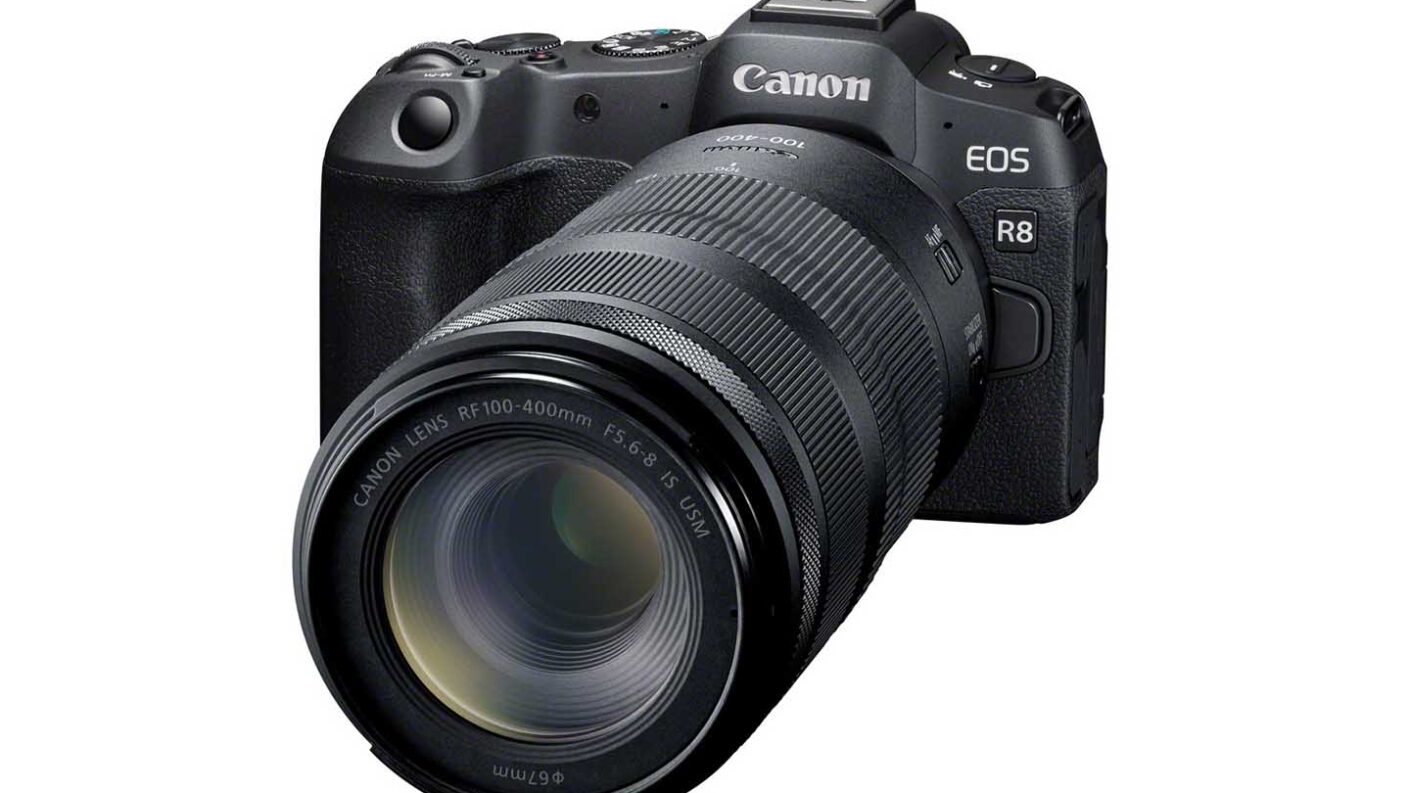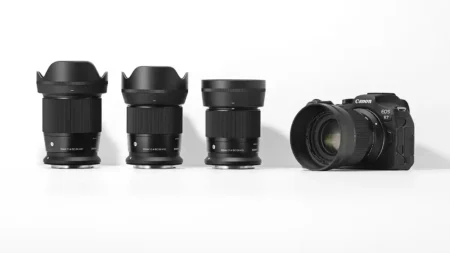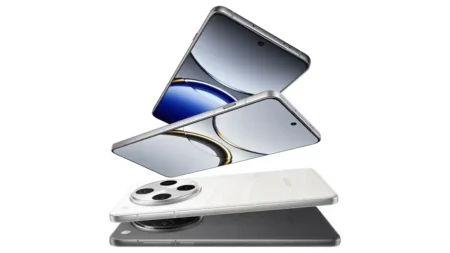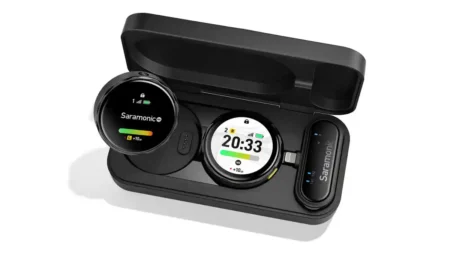Canon has announced the Canon EOS R8, price tag from £1,699.99, a new lightweight full-frame mirrorless camera that inherits many of the key features of the EOS R6 Mark II.
The Canon EOS R8 will sit above the EOS RP and below the Canon EOS R6 Mark II in Canon’s EOS R system. Canon says it is aimed at content creators and people use APS-C cameras who might be looking to make the jump up to full-frame, as well as students.
At the heart of the Canon EOS R8 is the same 24.2MP Full-frame Dual Pixel CMOS AF II sensor that debuted in the EOS R6 Mark II in late 2022. It’s also paired with the same Digic X processor. This means it can achieve a native ISO range of 100 to 102,400, which is expandable down to ISO 50 an dup to ISO 204,800.
Likewise, the Canon EOS R8 can also achieve the same 40fps burst rate as the R6 Mark II, with AF and tracking for up to 75 raw files or 190 JPEGs. Unlike the R6 Mark II you don’t need to switch the EOS R8 to its electronic shutter to achieve this. That’s because the R8 has no mechanical shutter. Instead, the EOS R8 uses an Electronic First Curtain Shutter.
Video
For videographers and hybrid shooters, the Canon EOS R8 can record the all-important 4K video at 60fps. This footage is oversampled from 6K, giving it greater clarity. The EOS R8 can also film in Full HD at 180fps, giving users the option to create slow-motion movies.
Canon has also included its False Color feature in the R8, which also appeared in the R6 Mark II after being a mainstay of its Cinema EOS range. The EOS R8 also offers the 3- or 5-second pre-record capability, which also appears on the R6 Mark II. Enabling this means that the camera is effectively always recording and will add the three or five seconds of footage before you pressed the shutter button to your video file. This pre-record option is available in stills mode, as well.
Other video options include C-Log 3 mode, for greater dynamic range, UVC streaming capability, and mic and HDMI ports.
Autofocus
The Canon EOS R8 boasts Canon’s powerful Dual Pixel CMOS AF II, and Canon claims the camera can lock focus in just 0.03sec. It can also focus on subjects in light levels as low as -6.5EV, which is effectively moonlight.
AF tracking is available in all modes, and the new Canon camera boasts three Flexible AF zones with Eye Tracking.
Like the EOS R6 Mark II, the Canon EOS R8 adds planes and trains to its list of detectable ‘vehicle’ subjects, while the Animals list adds horses. The complete list now includes Humans, Animals (Dogs, Cats, Birds and horses), Vehicles (Racing cars or Motor bikes, Aircraft and Trains).
Other Specifications
The Canon EOS R8 offers 2.4GHz wifi and is compatible with Canon’s image.canon platform, meaning you can back your images up to the cloud directly from the camera.
The camera also includes Canon’s Focus Bracketing and introduces a new OVF Assist feature where the EVF will simulate the look of an optical viewfinder as found in a DSLR.
It’s also worth pointing out that the EOS R8 does not have in-body image stabilisation (IBIS), but it does offer Digital IS in video.
Body Design
The Canon EOS R8 weighs just 461g (with the battery and SD card included), meaning it weighs even less than the Canon EOS RP. However, Canon says its body design was based on the RP.
Like the EOS R6 Mark II, the EOS R8 moves the on/off switch to the right side of the camera and adds a photo/video toggle switch to the left side of the camera, meaning you can quickly swap between stills and video modes. Also, the whole of the camera’s mode dial is available in video mode, meaning you can film in Aperture Priority, Shutter Priority and all the other modes.
On the back of the R8 is a fully articulated, 3-inch touchscreen LCD, along with a 0.39-inch EVF.
Canon EOS R8 Price and Release Date
The Canon EOS R8 price tag will be £1,699.99 for the camera body only. The EOS R8 price rises to £1,899.99 for a lens kit that includes the new RF 24-50mm F4.5-6.3 standard zoom lens that was also announced today.



